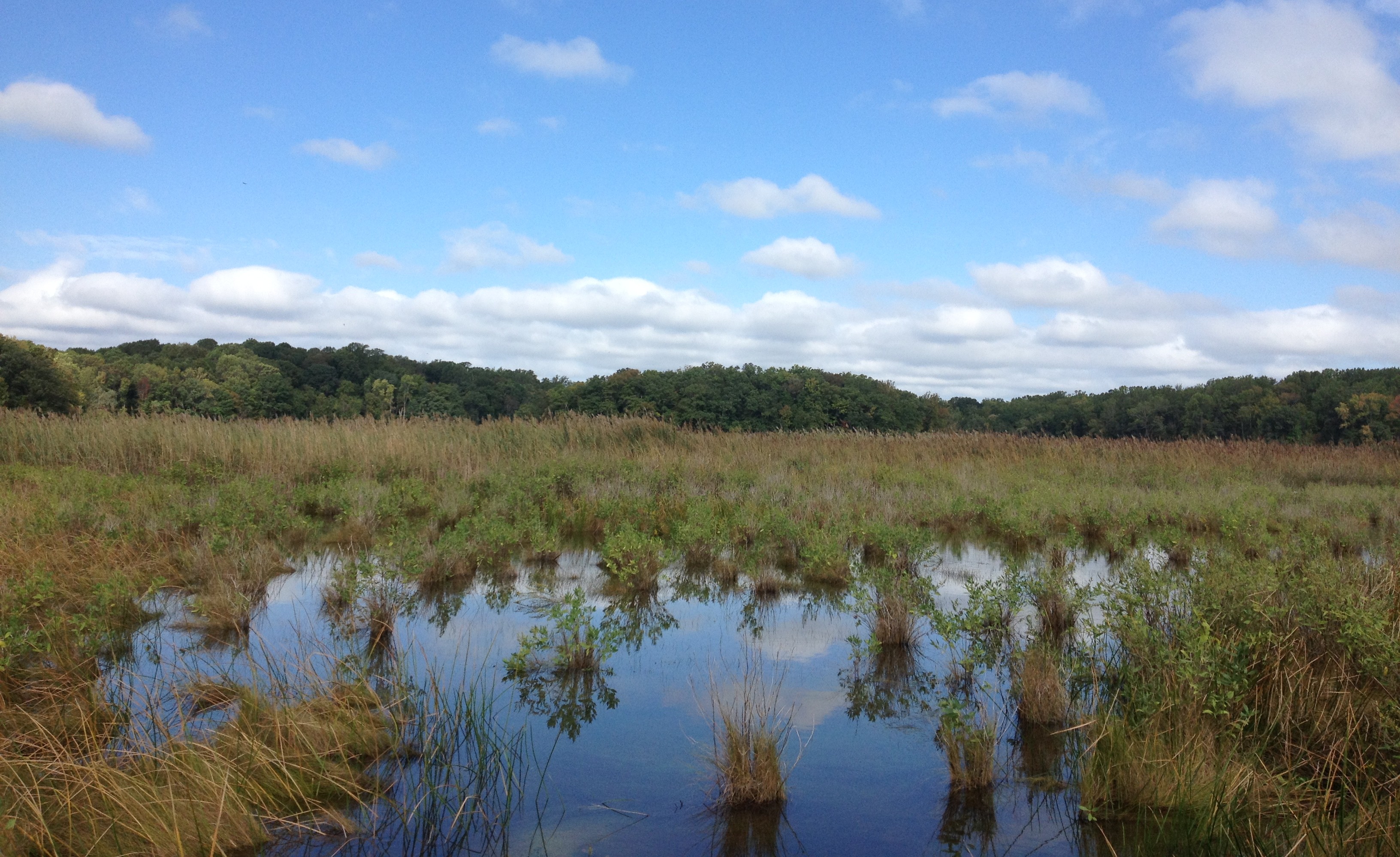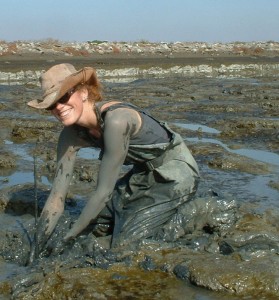by Kristen Minogue

Frozen methane bubbles in an Alaska lake. When icy permafrost thaws, microbes are able to consume the carbon stored there and turn it into methane gas. (Miriam Jones/USGS)
We’ve underestimated greenhouse gases. Not carbon dioxide, arguably the most famous greenhouse gas except water. But others, like methane, are less abundant but more powerful in terms of trapping heat. And our figures about that have probably skewed low.
Carbon dioxide (CO2) comprises a staggering three-fourths of global greenhouse gas emissions, making it a major driving force behind climate change. But methane (CH4), long locked in Arctic permafrost, is escaping as ice thaws. Methane also enters the atmosphere via natural gas, livestock, coal mining, oil and even wetlands.
For years scientists and policymakers have reported that methane is roughly 30 times more powerful than CO2 over a century. This fall, two biogeochemists tested a more accurate model and discovered the true figure is far higher – more like 45 times more powerful than CO2.
The good news? Taking methane out of the atmosphere makes an even bigger difference than putting it in. Click to continue »











